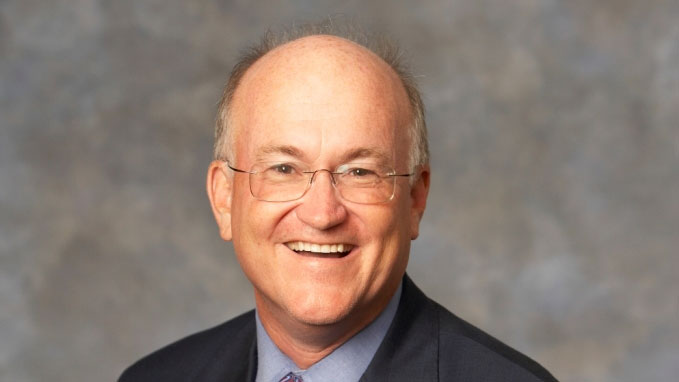Qualcomm Life’s Don Jones highlights three successful mobile healthcare apps.
August 6, 2013

In an exclusive interview with MD+DI, Don Jones, vice president of global strategy and market development for Qualcomm Life, the wireless health arm of telecommunications giant Qualcomm, discussed a range of e-health issues, including, the genesis of ehealth, ehealth in the United States versus the EU, and the perils of ehealth.
In this second installment, he discussed three successful mobile healthcare apps.
MD+DI: What’s an example of something that works well in connected health?
Jones: These are going to be U.S. examples, but they have a little bit of scale behind them. I’ll give you three app examples.
One is Walgreen’s pharmacy app, which has in the neighborhood of 10 million users. This provides three functions. It allows you to manage a list of all the drugs and dosages you’re on. It allows you to set up reminders of when to take them, and it makes it really easy to request refills. Essentially, the process is [you] just hit the big red refill button as opposed to calling in prescription numbers or entering IVR systems and so on.
That system is just under two years old and has grown quite rapidly because it solves the problems of discovery and contextual relevance. Discovery is when you’re picking up your drug and they ask you, “Would you like an app to go with that?” And the contextual relevance of this program is that the key killer benefit, so to speak, is making refills easy.
That’s one example. The second one is ZocDoc. That has just under 3 million users. It’s a phone app that makes it easy to make appointments with your doctor because you don’t have to call the front desk and get put on hold and offered some times that aren’t convenient for you. You just make an appointment like you do for so many other things.
And the third one is iTriage, which Aetna Insurance now owns and has somewhere in the neighborhood of 7 million to 8 million users. That has a number of features built into it. It’s actually a very feature-rich environment. It has some medication management features. It has a lot of information and some [personal health record] capabilities. One of the key features is when you’re looking up urgent care or a hospital ER. For many of those locations, it actually gives you the wait time, how long it’s going to take if you go there. That’s the carrot that gets dangled and makes that attractive.
If you think about it, the common factor here in those three apps—which are all relatively simple—is consumer convenience. Those are all examples of where the hooks have been set, being driven by consumer convenience. While arguably fairly simplistic approaches, those are the start of people thinking about and learning how to use their phones and tablets as the beginning of managing their own healthcare.
Then you start moving into things that are more complex, like managing your diabetes, and you can look at an application there. For example, WellDoc is an FDA-[cleared]* application that is directly on target by arming you with all the data information tools to [monitor] your diet and your physical activity so that you can not only manage your disease, but you can do all the calculations you need so you know when and how much of the drugs to take. That’s not only an FDA-approved app, it’s also an app that is reimbursed.
Those are good examples in the app world. What you’ll see now is that an app like WellDoc will evolve and be further integrated into the devices for diabetes—the blood glucose meters, the continuous glucose monitors—and these will start converging, with convenience being the driver.
John Conroy is a frequent contributor to MD+DI.
*Corrected August 14, 2013
You May Also Like


